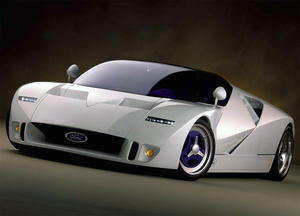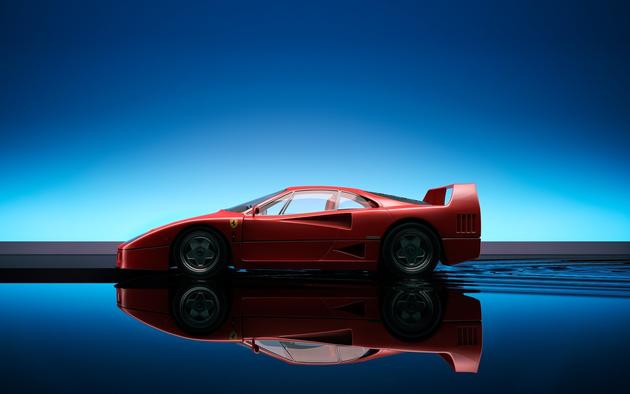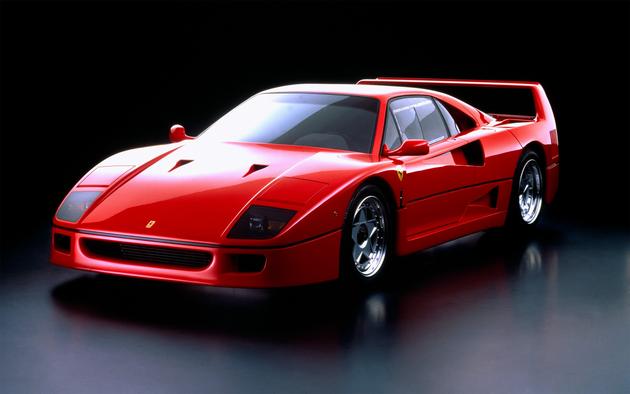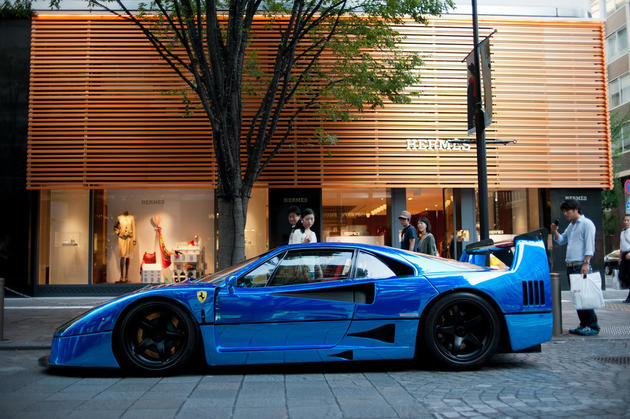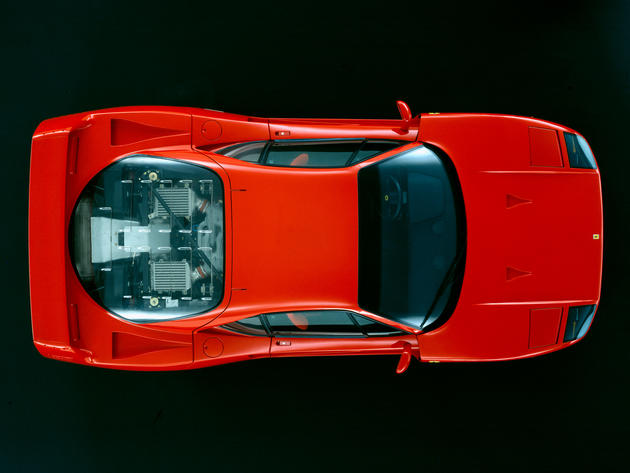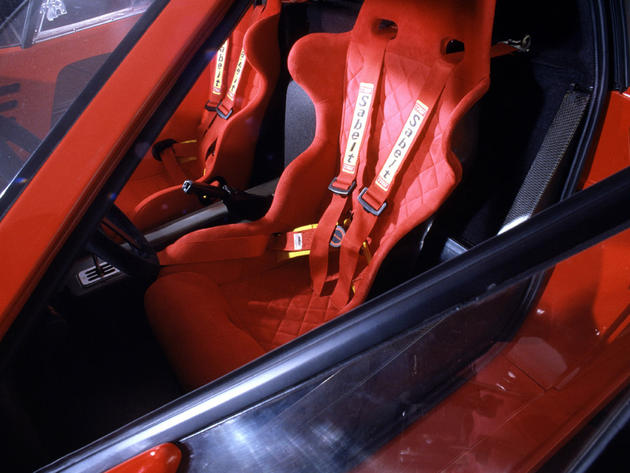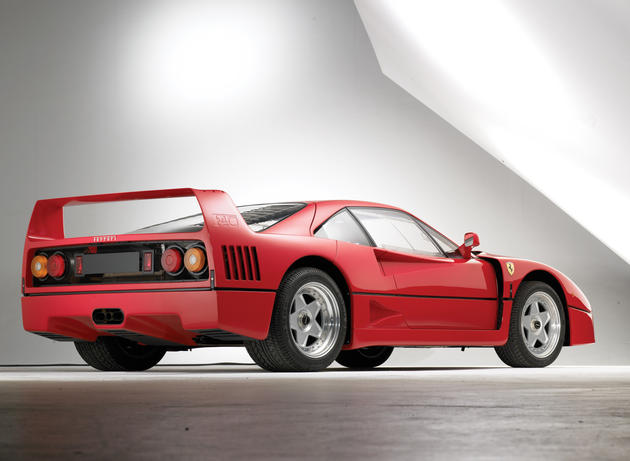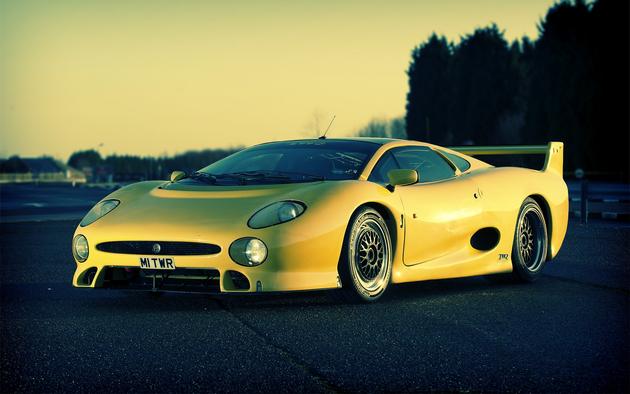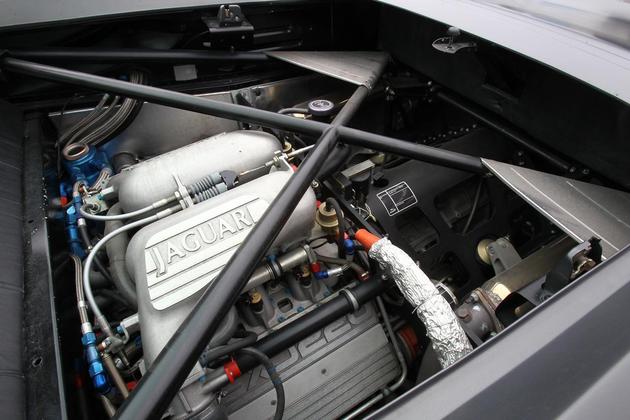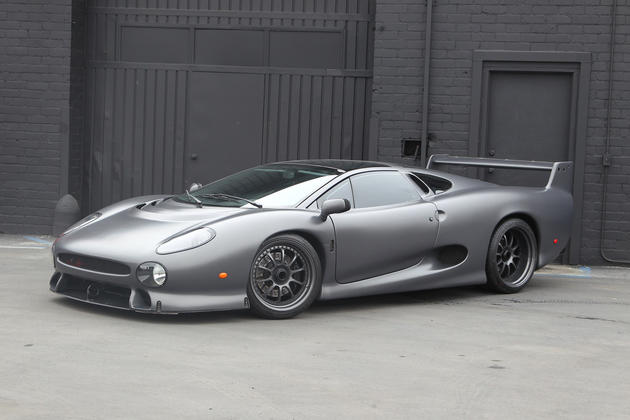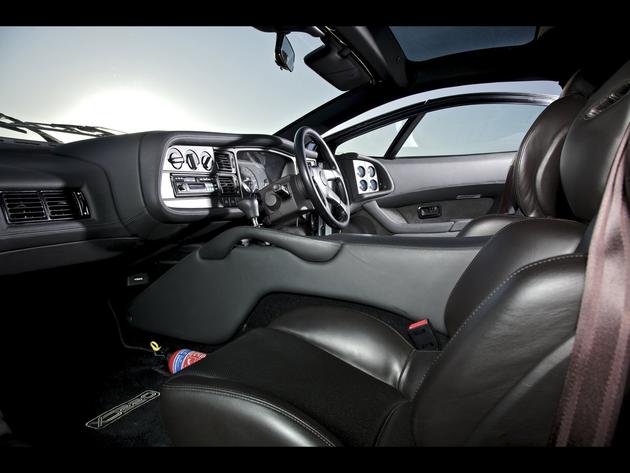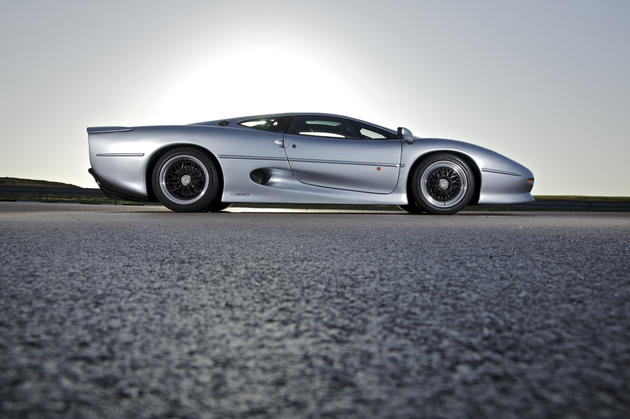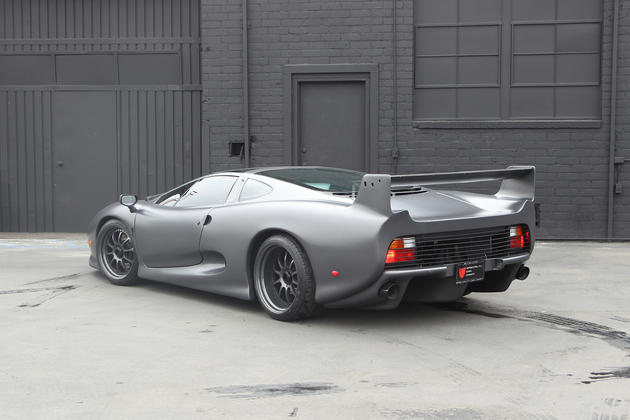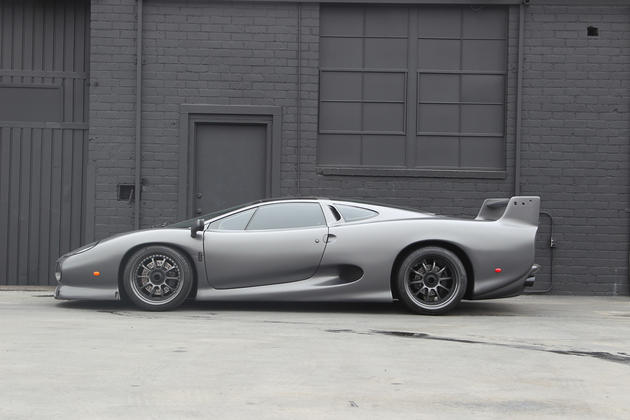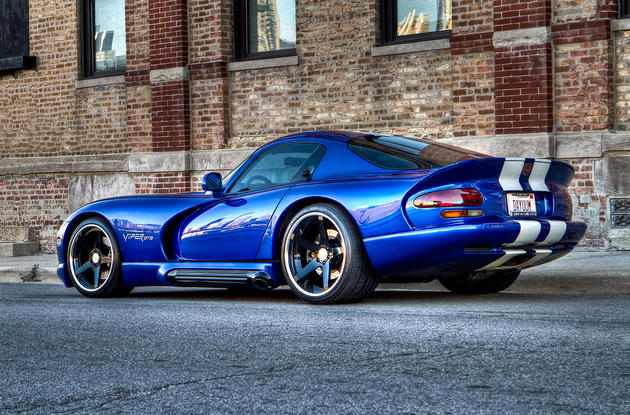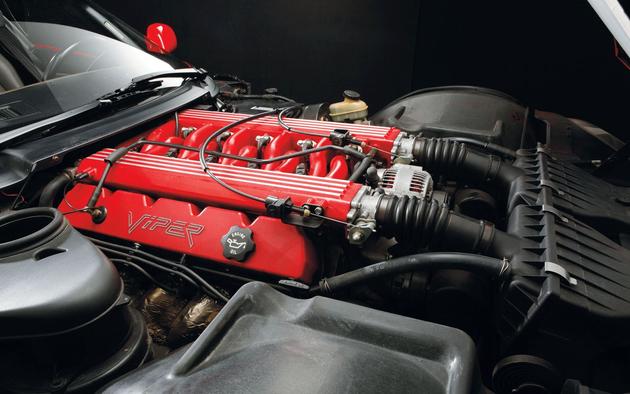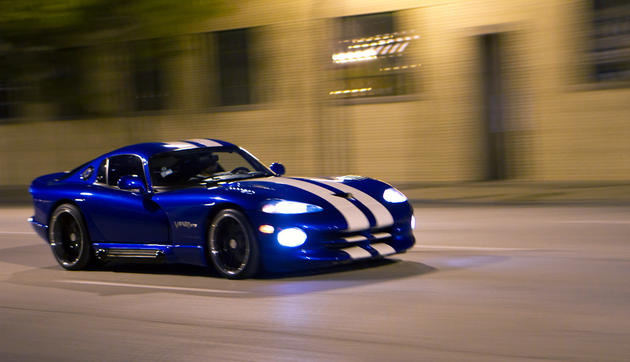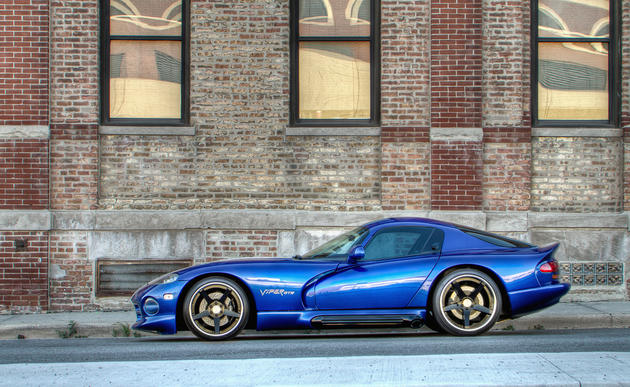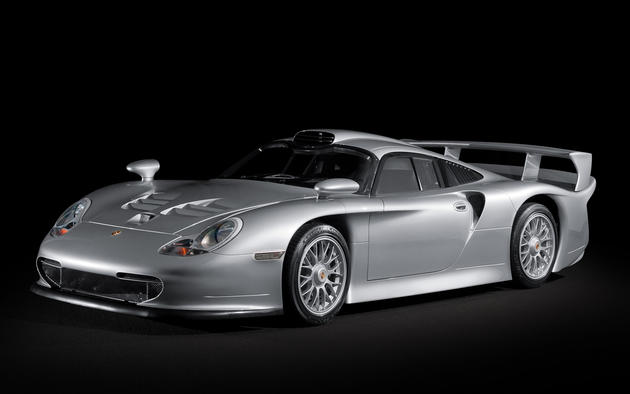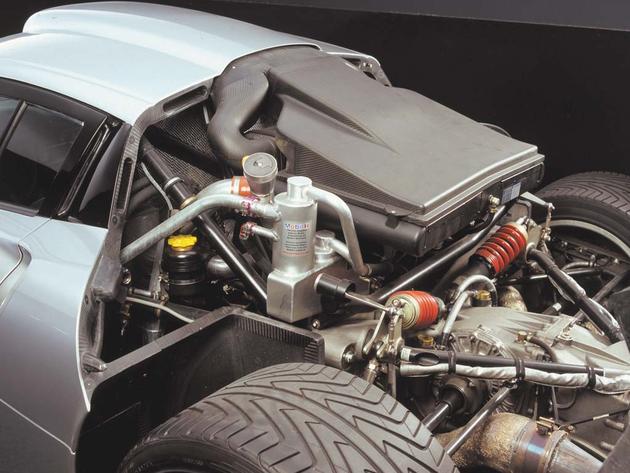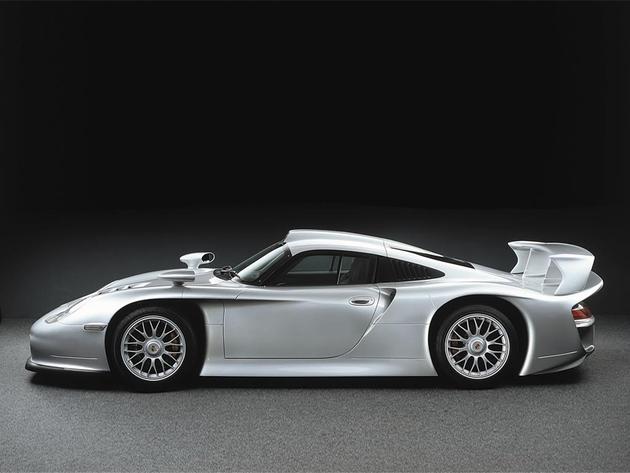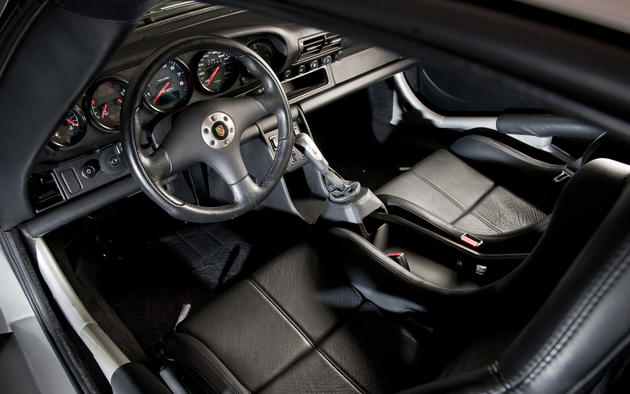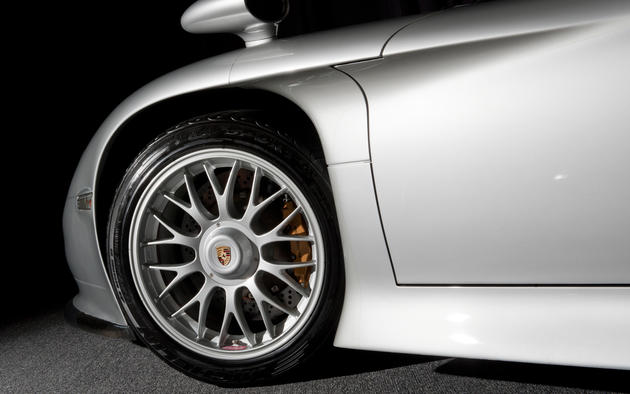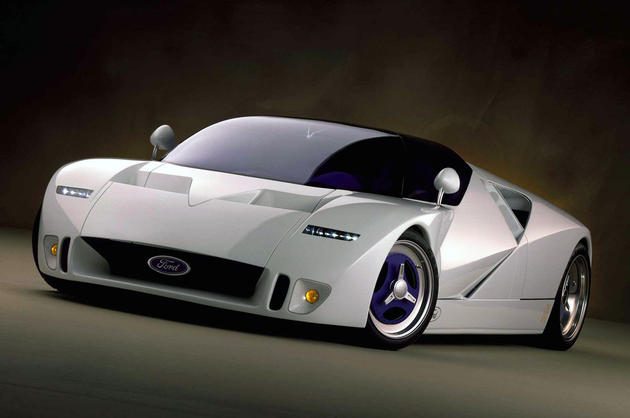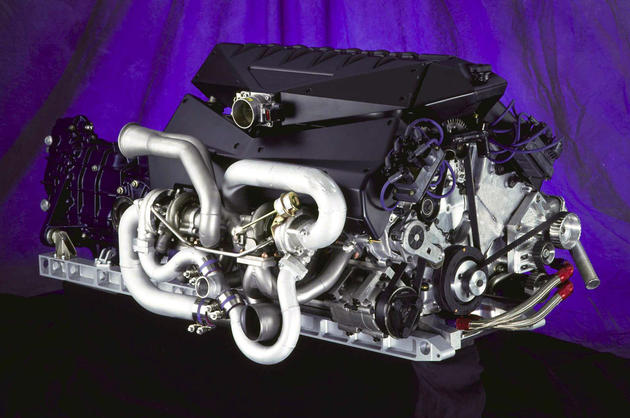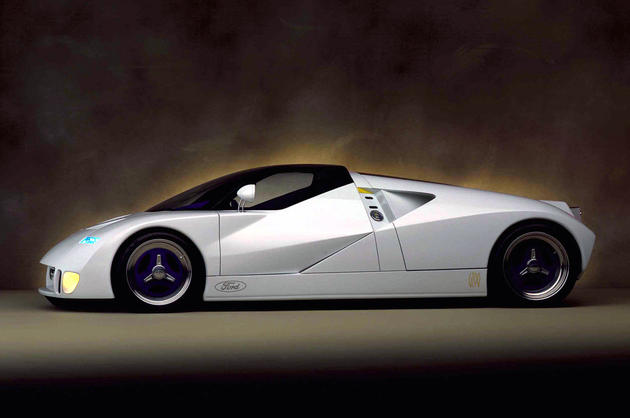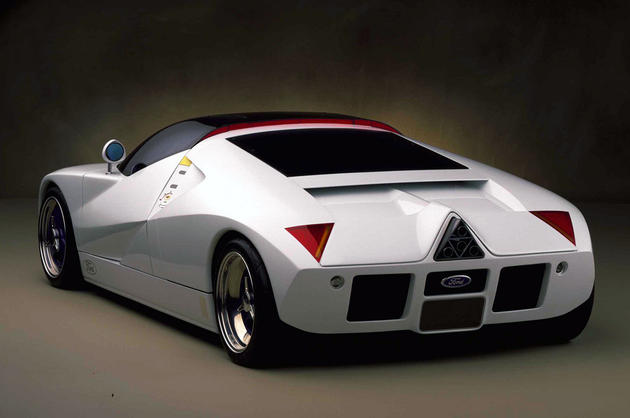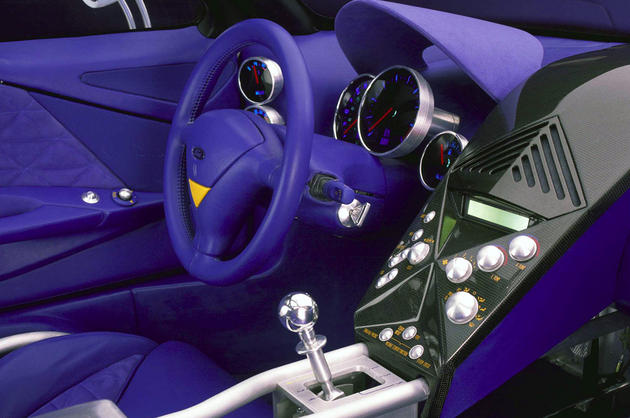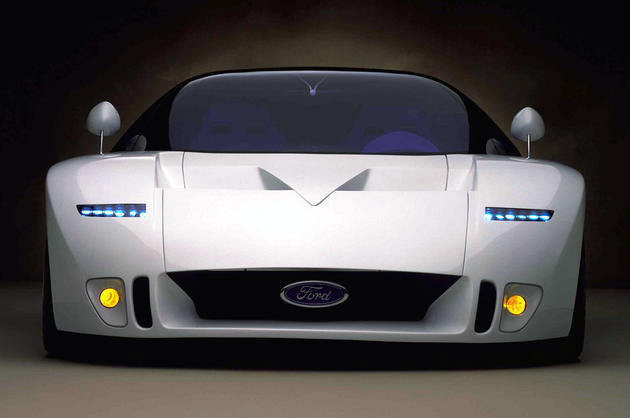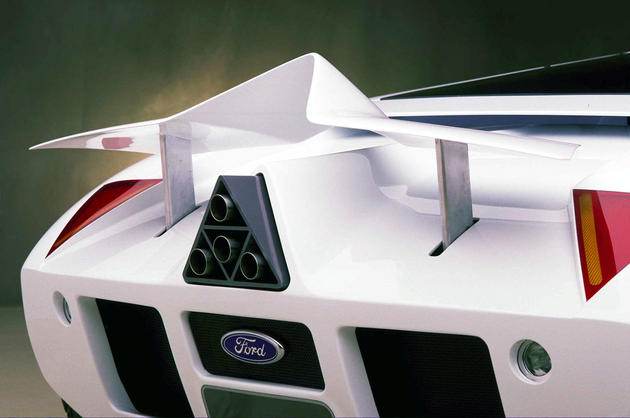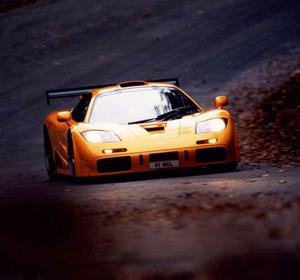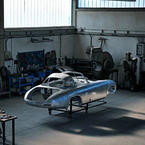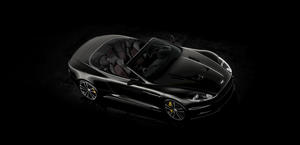The Unforgettable Cars of the '90s Pt. 1 [30 Pics]
Oct 31 2012
This is going to be a multi-part series as there are just too many icons from the 90's era that we believe deserve our attention. Here are five that we wanted to start the series with.
Ferrari F40
At the time of its release in 1987 it was the fastest, most powerful, and most expensive car that Ferrari sold to the public (yes that's before the 1990's, but its production continued through until 1992). Only 1,315 F40's were ever produced which makes them one of the most desirable Ferrari's ever made.
The F40 had impressive figures like a 0-100 km/h time of 4.1 seconds and a top speed of 324 km/h (201 mph). The powerplant was a 2.9L twin-turbo V8 that produced 471 hp (352 kW).
It was designed by Leonardo Fioravanti, of the Pininfarina car design firm. He was also the man behind other Ferrari icons like the Daytona and the 288 GTO.
F40 was the first legal production car to break the 320 km/h (200 mph) barrier. It remained there until the release of Lamborghini Diablo in 1990.
The body was an entirely new design by Pininfarina featuring panels made from kevlar, carbon fiber, and aluminum for strength and weight reduction. Extensive aerodynamic testing was also employed.
Weight was further minimized through the use of a plastic windshield and windows. Although the cars did have air conditioning, no carpets, sound system, or door handles were installed.
The F40 was designed with aerodynamics in mind. For speed the car relied more on its shape rather than its power. Frontal area was reduced, and airflow greatly smoothed, however stability rather than terminal velocity remained a primary concern.
Jaguar XJ220
When it was released in 1992 it was the fastest car in the world (350 km/h, 217 mph), and held the record until the release of the McLaren F1 in 1994. Only 281 road cars were ever produced.
Originally the XJ220 was supposed to be powered by a massive 6.2L V12 engine which was later scrapped in favour of the 3.5L twin-turbo V6. The engine delivered an explosive 542 hp (404 kW) to the rear wheels.
The price of the car fluctuated during its sale period due to the global recession. The car was officially announced in 1989 with the revised specification and a price of £361,000 ($580,000 USD). Prospective buyers were asked to put up a deposit of £50,000 (US$80,000) to be put on the waiting list for delivery.
XJ220 also held the Nurburgring production car lap record, between 1992 and 2000, at 7:46:37, driven by John Nielsen. This was 30 seconds faster than the previous production car lap record and was held for eight years!
Jaguar took 1,500 orders for the car in a frenzy of bidding (taking £17m in deposits in one day) and had to whittle the order book down to just the 350 promised, which it did on the basis of 'first come, first served'.
Although the XJ220 was not built in compliance with the Federal Motor Vehicle Safety Standards of the United States, it has since become possible to privately import it to the US under the "Show and Display" exemption.
Dodge Viper GTS
The GTS was designed to be a "weekend warrior's" track machine, able to compete with most of the exotics of the time, while coming in at a fraction of their cost.
Chrysler corporation sold almost 10,000 of these to the public. It was powered by a massive naturally aspirated 8.0L V10 engine that output 450 hp (336kW). [Viper photos by: Rasidel Slika].
The Viper was able to achieve a 0-100 km/h time of 4.0 seconds without the aid of any forced induction (superchargers and/or turbochargers).
Viper's slightly raised roof above the seats was specifically designed to be able to fit helmets, a throwback to its intended purpose.
Dodge hired Carrol Shelby as a "Performance Consultant" to aid in Viper's unique and truly timeless design which makes it a very thought after car of the 1990's for us.
Porsche 911 GT1
The GT1 was a car designed for competition in the GT1 class of sports car racing, which also required a street legal version for homologation purposes. The limited-production street-legal version was labeled the 911 GT1 Straßenversion (Street version).
A mere 25 cars were produced and sold publically, making the GT1 and extremely rare car to come by in its road worthy form.
The car was powered by a Porsche 3.2L Flat-6 twin turbo engine (that had to be de-tuned for road use) which produced around 537 hp (400 kW).
GT1 could accelerate to 100 km/h (62 mph) from a standstill in 3.9 seconds on its way to a top speed of 308 km/h (191 mph).
Ford GT90
Performance included a top speed of 235 mph (378 km/h), which enabled the car to complete the quarter mile in 10.9 seconds. The 720 hp (537 kW;730 PS) came from a quad-turbocharged 6.0L V12 DOHC engine.
The single V12 was based on two Lincoln V8 engines. The last pair of cylinders from the rear of the first engine and the first pair of cylinders from the front of the second engine were removed, at which point both engines were welded together.
The GT90 was built by a small team in just over six months and, as a result, borrowed many components from another high profile stablemate—the Jaguar XJ220 (the car mentioned in this article). The all-round double wishbone suspension and the five-speed manual gearbox were the main components to come from the XJ220.
All angles and glass; the Ford GT90 was the first Ford to display the company's “New Edge” design philosophy. The GT90 was built around a honeycomb-section aluminum monocoque and its body panels were moulded from carbon fiber.
The V12's exhaust was claimed to be hot enough to damage the body panels, requiring ceramic tiles similar to those on the Space Shuttle to keep the car from melting.
Share this post:
Like our Facebook page & receive daily updates on your wall:
You May Also Like
Top 10 Most Expensive Cars of Today (2011)
Aug 9 2011
If you are looking to impress, or simply out-perform the competition - this is the list of top 10 cars you need to have in mind when buying an exotic. Check out these high resolution pictures and some interesting facts.
